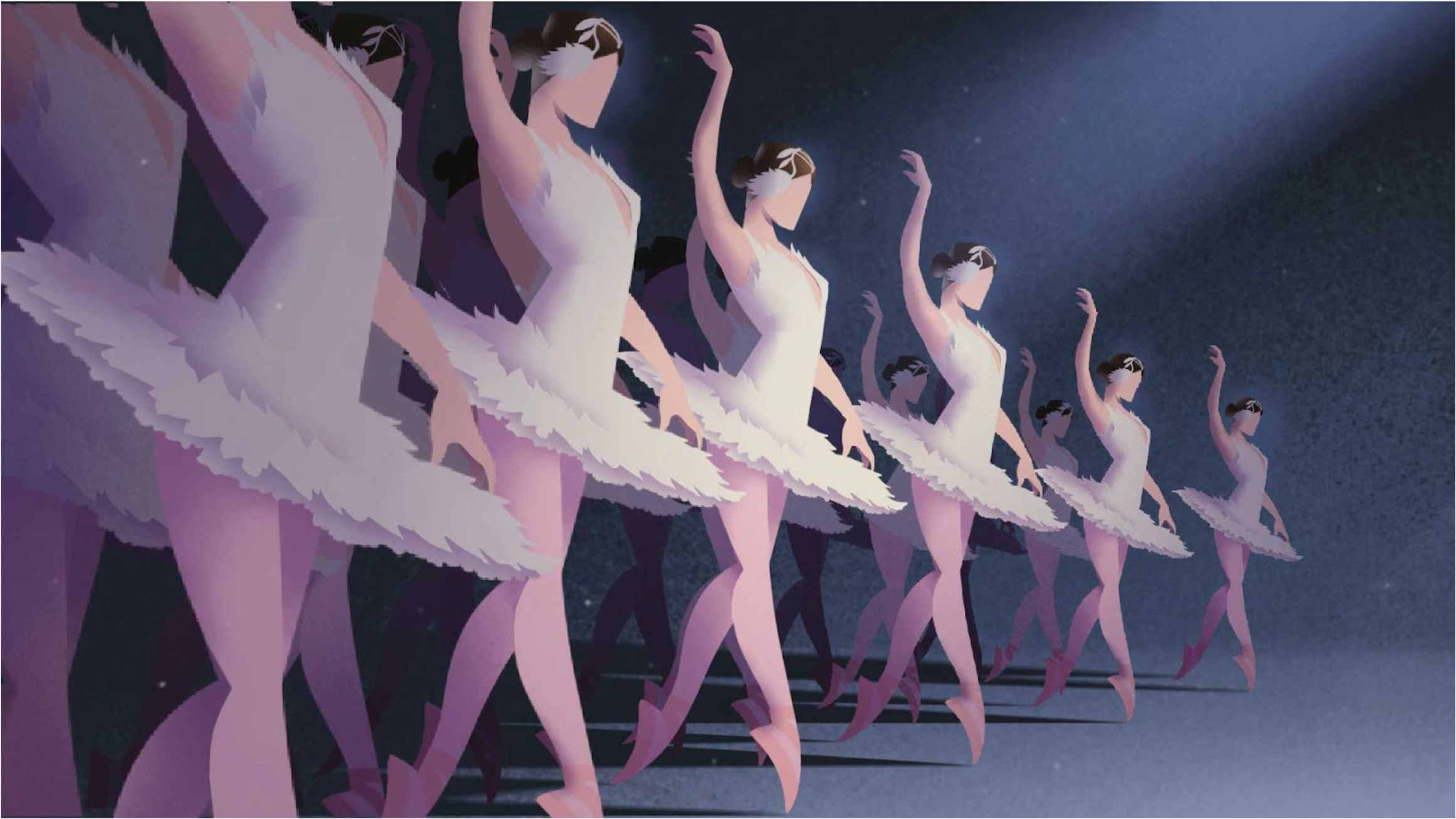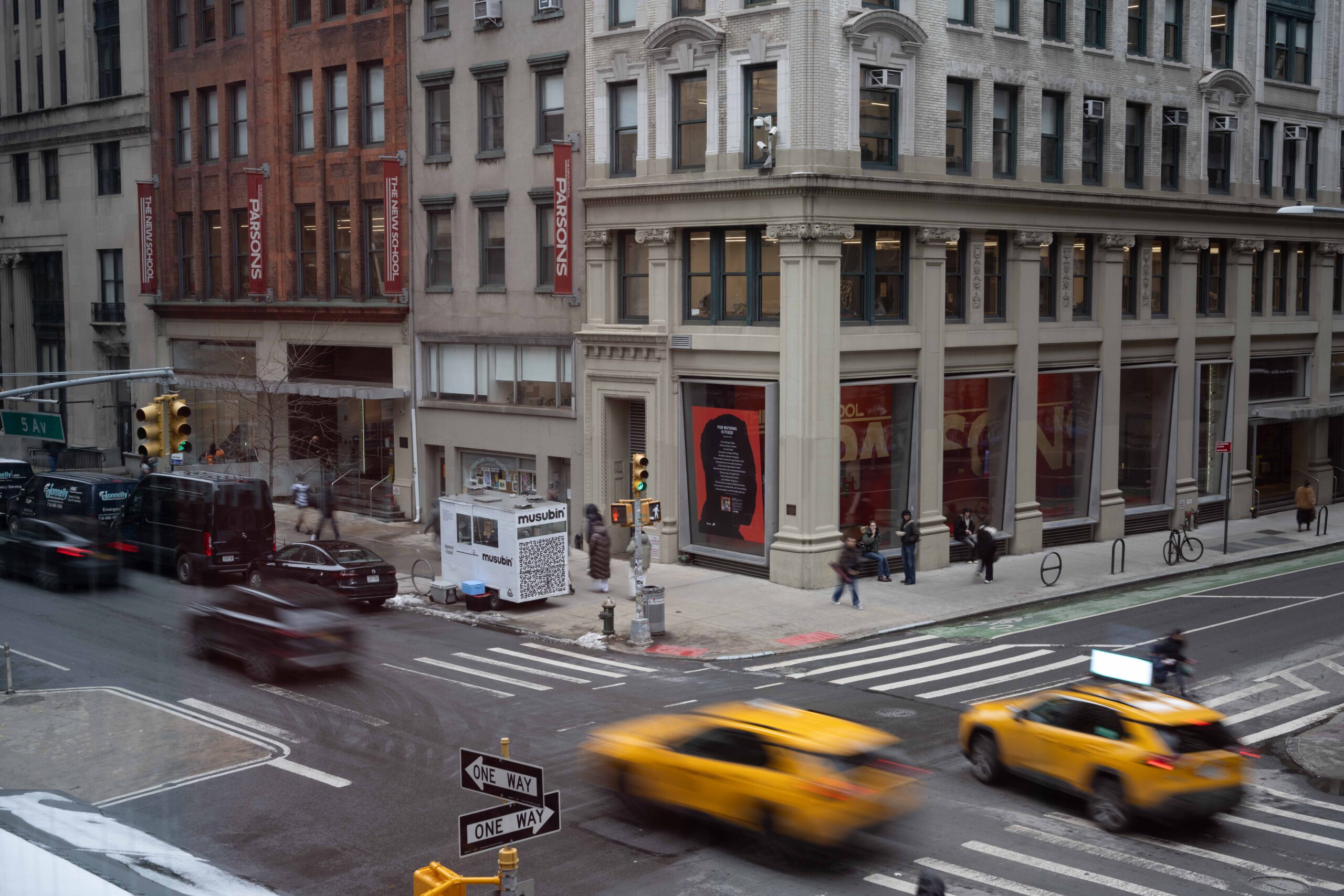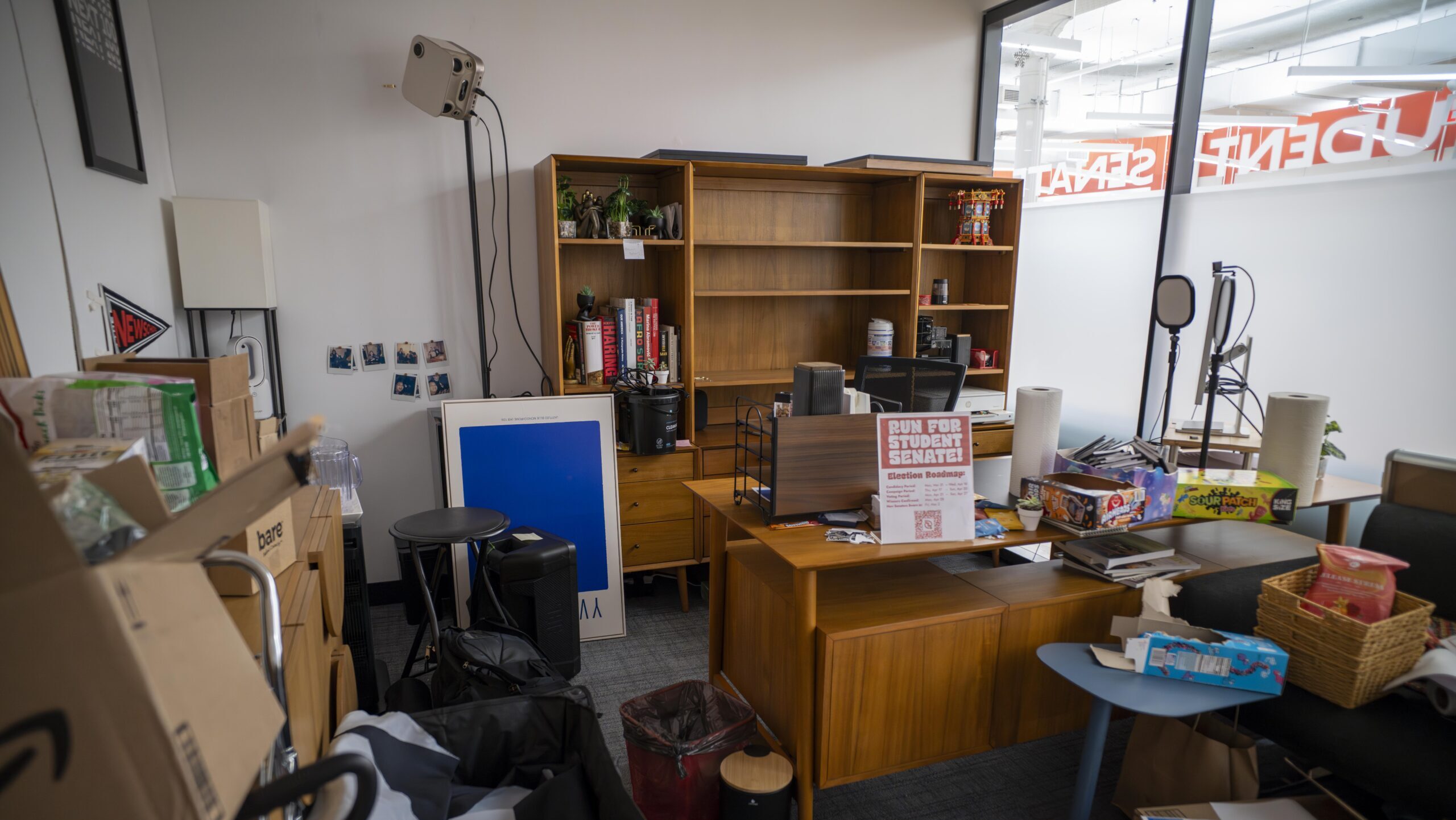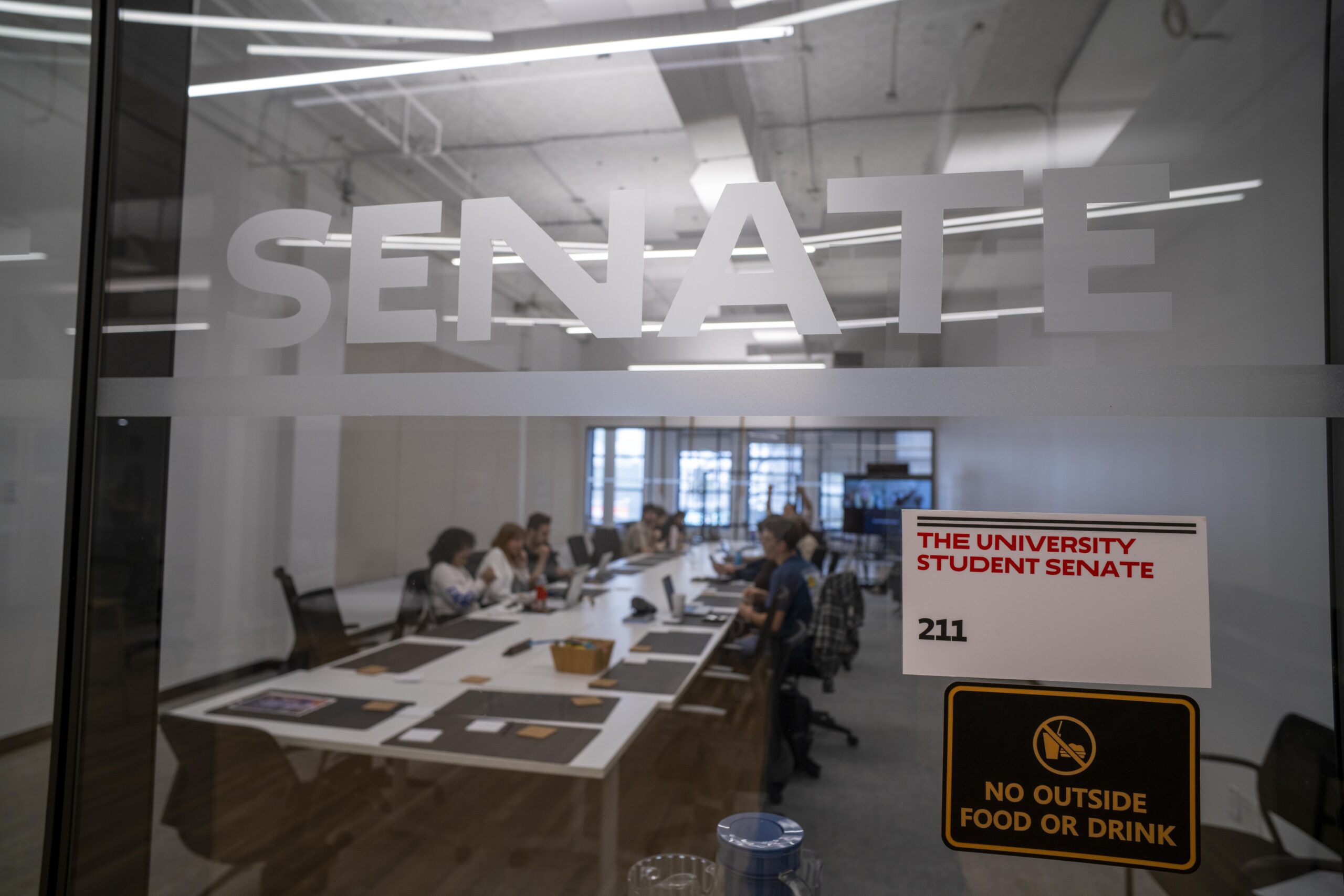“Fefu and Her Friends” is the 14th play written by María Irene Fornés, a Cuban American playwright whose work as a writer and director changed the face of American theater. As directed by Ana Margineanu, this production mostly successfully recognizes Fornés’ theatrical force. It does so rather linearly, but it is supplemented by wonderful production and a cast that creates a dramatic force of its own.
“Fefu and Her Friends” follows Fefu and seven of her friends as they gather to rehearse a presentation for an educational charity. Using these circumstances as a vehicle throughout the play, the characters interact with each other and with the fourth wall, revealing their beliefs, aspirations, and concerns about themselves and the world around them in. They are real, but they live with one foot in the surreal.
The play and its author are held in high regard because Fornés wrote beautifully complex and contradictory women, and allowed audiences to watch them exist realistically and honestly. She did this by allowing audiences to see through the lenses of her experimental staging and narrative structures, and in that delicate balancing act between realism and metaphor, her talent is not paralleled.
Seeing “Fefu” on the second night of its weekend run, what immediately struck me about the production was its elegant set design. Before anyone had taken the stage, eyes were drawn to the set, designed by Emmet Grosland, which was simple, yet impactful. The walls were covered in an amazing art deco wallpaper, and the props and furnishing all felt in league with the setting of 1930s New England. Most importantly, as the play progressed, the set served the narrative; it fuelled the exhaustion of these women, exhaustion brought on by the indignities and pleasantries demanded by these characters’ statuses and identities.
The terrific costume design further expounds on the aesthetic that the set design achieves. Designed by Azalea Fairley, the costumes consisted of styles that made deft use of playful, varying colors which, within the context of the play, successfully recontextualized that playfulness to reinforce the facade imposed upon these women. The costumes bound the characters to the systemic prejudice of the period, and those who fight against that facade are represented by their clothes, which is an indicator of great success.
As the play progressed, my focus fell on the actors and their direction. Each member of the ensemble seemed to enjoy the work. Even if that may not be true to them, it is the most immense praise I can give them. Moments that stood out as representative of this ensemble’s success were scenes like the rehearsal or the water fight. They exemplified the best of the actor’s preparation in translating characters from page to stage and gave way to moments that make the people and the relationships between them feel like playful, vivid moments in their lives, put on display for the audience.
Every member of the cast had the opportunity to illustrate the complexities of these boldly written women that Fornés left on the page for them, and they all succeeded with flying colors in doing so.
Exemplifying this, Clara Grusq (she/her), a fifth-year student at the School of Drama, portrayed Fefu with incredible radicalness and exuberance. She bounced those traits off her companions on stage with such charisma that as the narrative progresses, and these traits are chipped away from her, the longing for those original moments of joy and identity feels tangible in the room.
Mana Noda (she/her), a third-year student at CoPA Drama, portrayed Emma with honest confidence and humor that lit up the stage, reminding drama students of that one questionable drama teacher they had way back when. This isn’t to say that her performance came at the cost of sincerity, for during a more reserved scene, Noda produced a capable and confident version of Shakespeare’s Sonnet 14 that bookended the first half of the show with poise.
Vega Armstrong (she/her), a first-year student at the School of Drama, played Paula with a rawness that lent itself to the character’s unsteady, overlooked, in-heartbreak-recovery-esque experience. Paula quickly became one of the emotional cores of the show, with an inquisitive and kind nature that solidified the hilarity and heartfeltness of the characters’ terrible jokes, culminating in an immensely powerful monologue toward the end of the show that cemented the character as a personal favorite.
I’d kick myself a bit if I didn’t also mention Seda Uzunoglu (she/her), another fifth-year student at the School of Drama. Her performance as Julia was heartbreaking. It’s no doubt a challenging role, given that it denies the use of the legs for the majority of it, and Uzunoglu’s commitment both physically and emotionally was remarkable, with a morose honesty that killed you a bit inside each time Julia’s sanity came into focus.
All of this praise serves to preface the difficulty I had regarding the show, which is that the base direction feels mundane and out of step with the rest of the production. That’s a big deal. There’s a myriad of reasons as to why this might be, one could even argue that Fornés’ writing doesn’t lend itself to regular demonstrations of quality direction, but rather a vibe to be improvised upon, but the fact of the matter is that Fornés’ work isn’t capable of standing alone through the gimmick. What made “Fefu” momentous wasn’t only its simultaneous scenes.
“It took me four years to paint like Raphael, but a lifetime to paint like a child,” is a quote attributed to Picasso, and I feel it’s slightly misunderstood, and sort of applicable to the CoPA production. Picasso’s “childlike” painting is valuable because it stems from a history of rich and demonstrated practice with classical styles. It has a quality, classical foundation on which the experimental can be developed. This production of “Fefu and Her Friends” has experimental staging in place, and it has actors and a production team who seem to be pouring their hearts into the work. But if the foundational staging and direction—the simple actions that characters must make in movement and conversation—aren’t on par with actors who have to fulfill that direction, it holds them back, and thus holds the production back as a whole.
Despite these qualms, this production is good. Very much so. The show is filled with the promise of honesty and complexity Fornés is known for, and each actor works hard to fulfill that promise, even if they have to swim upstream to do so.
The College of the Performing Arts production of “Fefu and Her Friends,” written by María Irene Fornés, opened Thursday, Oct. 13 at Bank Street Theater in New York City. It ran until Sunday, Oct. 16, and is now available to stream on-demand.








Leave a Reply